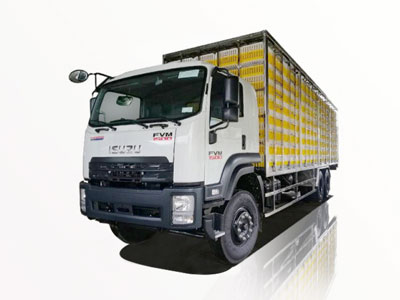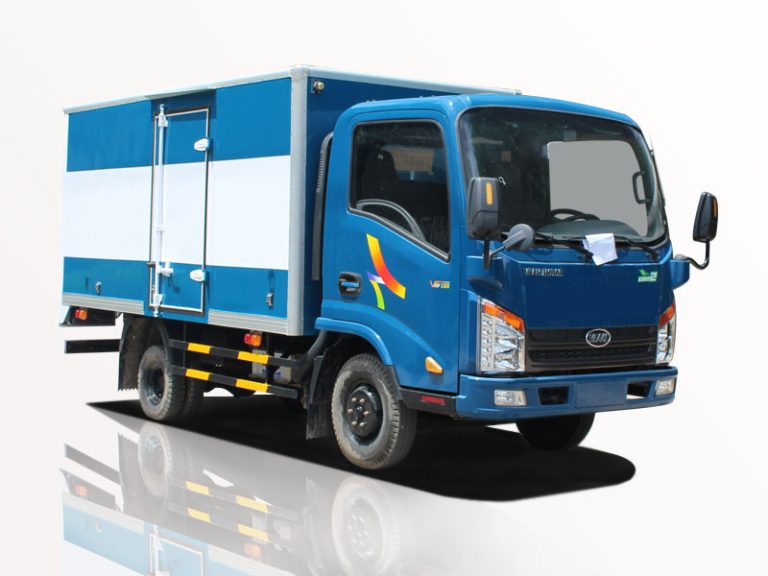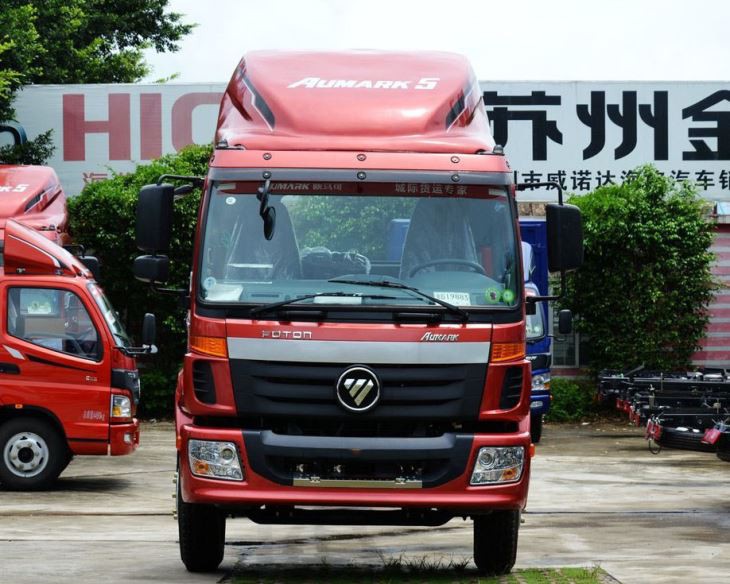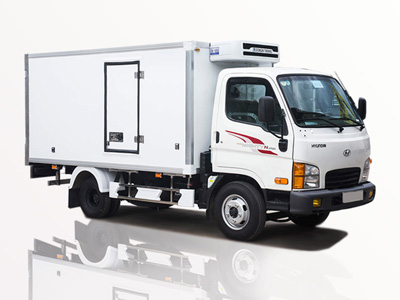In the world of shipping and logistics, understanding volume measurements is crucial for effective planning and execution. One term that often comes up is “8 CBM,” referring to cubic meters. This article delves into the dimensions associated with 8 CBM, offering insights into its significance in transportation, storage, and more. Let’s unpack what 8 CBM means and how it applies in various contexts.
What is CBM?
CBM stands for cubic meter, a measurement used to determine volume. In shipping and logistics, CBM is vital for calculating how much cargo can fit into a shipping container or truck. One CBM is equal to a cube that is one meter long on each side. Thus, 8 CBM represents a cube measuring two meters on each side.
Importance of CBM in Logistics
Understanding CBM is critical for logistics professionals as it helps in:
- Space Optimization: By knowing the volume of goods, companies can optimize space in shipping containers and warehouses.
- Cost Estimation: Shipping costs often depend on the volume of goods being shipped, making accurate CBM calculations essential.
- Inventory Management: Managing stock levels and storage efficiently depends heavily on being aware of CBM.
Calculating 8 CBM Dimensions
The dimensions of 8 CBM can be expressed in several ways, depending on the shape and arrangement of the cargo. However, when dealing with a cubic shape, the formula to calculate dimensions is straightforward.
Basic Cubic Dimensions
| Dimension Type | Length (m) | Width (m) | Height (m) |
|---|---|---|---|
| Perfect Cube | 2 | 2 | 2 |
| Rectangular Configuration | 2.5 | 1.6 | 2 |
| Long Configuration | 4 | 1 | 2 |
| Flat Configuration | 1 | 4 | 2 |
Choosing Dimensions for Different Cargo Types
Different goods require different dimension configurations based on their nature and fragility:
- Fragile Items: Opt for more spacious dimensions (like a perfect cube) to prevent damage.
- Heavy Equipment: Choose flat or long configurations to distribute weight evenly.
- Bulky Furniture: Calculate CBM using dimensions that allow for safe packing and transporting.
Real-World Applications of 8 CBM Dimensions
Shipping and Freight
In shipping, knowing the dimensions of 8 CBM helps businesses decide on the appropriate shipping method and reduce logistical costs. For example, using 8 CBM dimensions allows for efficient use of space in shipping containers, which is crucial for international freight.
Warehousing
When managing warehouses, 8 CBM dimensions are integral for arranging goods efficiently. Properly storing items within this volume can save space and improve inventory movement.
Moving Services
When moving houses or offices, moving companies often charge based on volume. Understanding how much fits into 8 CBM helps customers estimate costs while optimizing packing strategies.
Tips for Managing 8 CBM Logistics
Tip 1: Optimize Packing
When dealing with 8 CBM, ensure to pack items strategically. Use padded materials for fragile goods and utilize every inch of space available.
Tip 2: Use Software Tools
Leverage logistics software and CBM calculators to assist with planning and performance tracking. By integrating technology, businesses can make more informed decisions quickly.
Tip 3: Understand Shipping Regulations
Shipping regulations vary by size and weight. Familiarize yourself with both local and international regulations to avoid fines or additional charges.
Measuring CBM Accurately
Tools for Measurement
To measure CBM accurately, use the following tools:
- Measuring Tape: Essential for measuring individual items.
- Digital Scales: Useful for weighing products to calculate overall density and CBM.
- CBM Calculation Apps: Many mobile apps can simplify the calculations for you.
Step-by-Step Measurement Process
- Measure the length, width, and height of each item in meters.
- Multiply the length, width, and height to get CBM for each item.
- Add up the total CBM of all items to get the final measurement.
Common Mistakes to Avoid
Mistake 1: Incorrect Measurements
Always double-check measurements. Small errors can lead to significant cost discrepancies in shipping.
Mistake 2: Ignoring Weight Limitations
CBM alone doesn’t determine shipping capacity. Weight limitations are equally important, especially when dealing with heavy cargo.
Mistake 3: Not Considering Future Growth
When managing storage or transport, always consider future inventory needs. Predicting growth can help in making the right space decisions.
Environmental Impact of Freight Volume
Reducing Carbon Footprint
Understanding and effectively managing CBM can significantly reduce the carbon footprint associated with shipping. Efficient packing reduces the number of shipments needed, leading to lower emissions.
Supporting Sustainable Practices
- Consider eco-friendly packing materials.
- Choose shipping methods that prioritize sustainability.
- Engage with companies that focus on carbon offsetting initiatives.
Frequently Asked Questions (FAQ)
What does 8 CBM mean in shipping?
8 CBM refers to a volume measurement of eight cubic meters, which is essential for determining the space needed for freight or storage.
How do you convert CBM to other volume measurements?
To convert CBM to liters, multiply by 1,000 (1 CBM = 1,000 liters). For cubic feet, multiply the CBM by 35.3147.
What factors should I consider when using 8 CBM for shipping?
Consider weight, type of goods, dimensions for efficient packing, shipping method, and destination regulations.
How can I efficiently pack to fit within 8 CBM?
Use padding for fragile items, eliminate gaps, and choose the right configurations based on the type of items you are packing.
Is there a significant cost difference between different CBM measurements?
Yes, larger volumes typically incur higher costs in shipping and storage, so accurate measurement is crucial.
What are the benefits of accurate CBM calculations?
Accurate CBM calculations optimize shipping costs, enhance space utilization, and improve inventory management.



